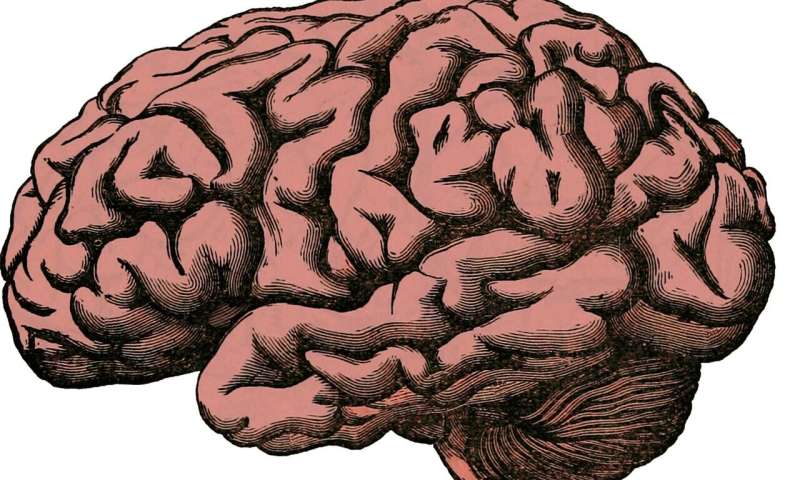Innovative Real-Time Indoor Tracking System Enhances Disease Spread Detection

Concordia researchers have developed a real-time tracking system using cameras and sensors to detect and contain disease spread indoors, promising faster outbreak management and improved indoor health safety.
Researchers from Concordia University have developed an advanced real-time tracking technology that leverages camera and sensor data to monitor the movement of infected individuals and the dispersion of pathogens within indoor environments. This groundbreaking method aims to accelerate the identification of areas at risk for disease transmission, potentially transforming how outbreak management is conducted in facilities such as hospitals, offices, and public spaces.
The system combines real-time visual and sensor-based tracking with sophisticated algorithms that model the dispersal of airborne pathogens, allowing for accurate assessments of infection risk levels in specific indoor zones. Notably, it can dynamically alert ventilation systems to optimize airflow, thereby reducing the likelihood of pathogen spread. According to Ph.D. candidate Zeinab Deldoost, this approach significantly cuts down simulation times compared to traditional models, providing near-instantaneous risk estimations.
A key innovation of the model is its simplified airflow calculation technique. Instead of complex estimations based on individual movements, the model treats individuals as moving emission sources, which simplifies calculations and enhances speed. Validation shows that a person's physical presence only briefly disrupts airflow, which typically returns to normal within 40 seconds and affects areas only about one meter around their path. This allows the system to perform quick dispersion simulations — approximately 3.8 seconds for a one-second dispersion pattern on a standard laptop — making it particularly suitable for large, dynamic buildings.
Fuzhan Nasiri, another researcher involved, emphasizes that this technology could provide decision-makers with real-time data, improving intervention responses and containment strategies. The potential of integrating AI training with extensive scenario data could further refine predictive capabilities and facilitate widespread implementation, ultimately enhancing indoor health safety protocols.
Published in 'Building and Environment' (2025), this innovative system represents a significant step toward smarter, more responsive indoor health management, especially crucial amid ongoing concerns about airborne infectious diseases. (Source: https://medicalxpress.com/news/2025-08-real-camera-sensor-based-tracking.html)
Stay Updated with Mia's Feed
Get the latest health & wellness insights delivered straight to your inbox.
Related Articles
Higher Dental Health Risks for Children with Sickle Cell Disease Remain Unaddressed
Children with sickle cell disease are at higher risk for dental problems, but many do not receive necessary preventive care. Recent research underscores the need for improved access and awareness.
A Neurologist's Perspective on Living with Alzheimer's Disease: Insights and Personal Experience
Dr. Daniel Gibbs shares his personal journey with Alzheimer's disease, highlighting early signs, genetic risk, lifestyle strategies, and the importance of early detection for managing the condition effectively.
'Switching Off' Enzyme in Immune Cells May Prevent Obesity and Metabolic Disorders
Researchers have discovered that turning off the enzyme CaMKK2 in immune cells can prevent diet-induced obesity and metabolic disorders, opening new therapeutic possibilities.
Impact of Weather Disasters on US Pharmaceutical Supply Chain Resilience
A new study reveals that nearly two-thirds of US drug manufacturing facilities are in counties affected by weather disasters, risking supply chain disruptions amidst climate change. Experts stress the need for enhanced resilience and strategic planning.



